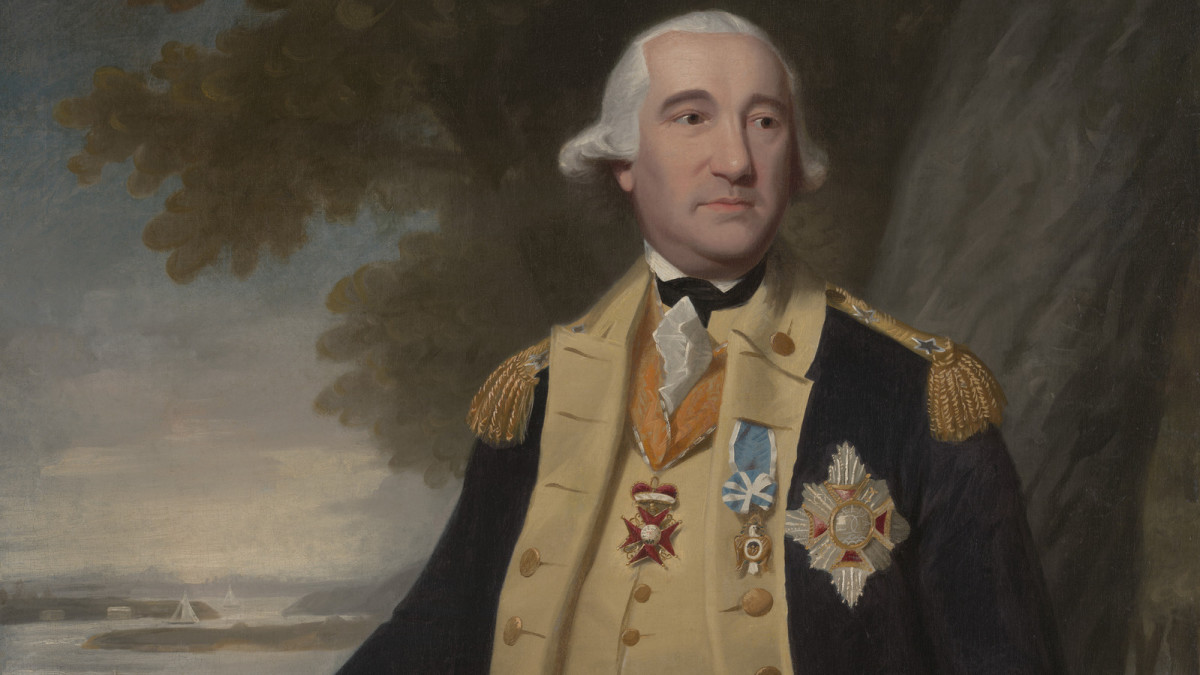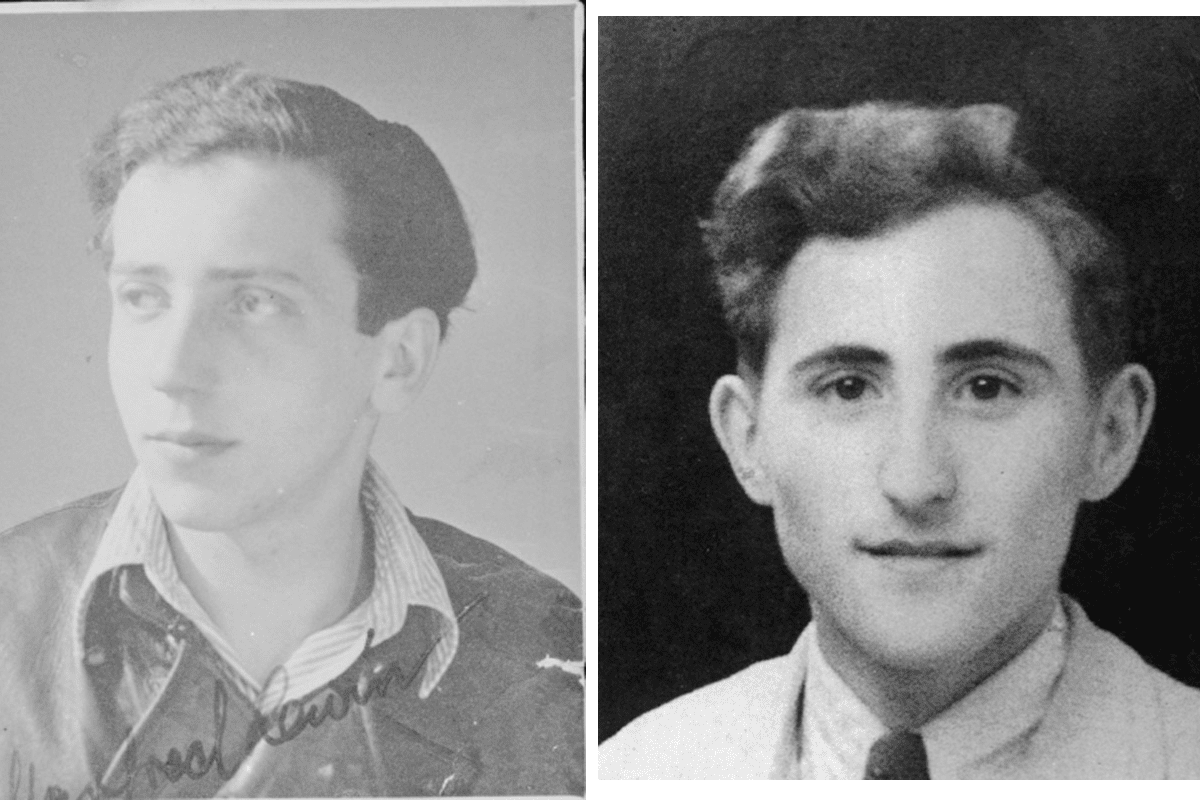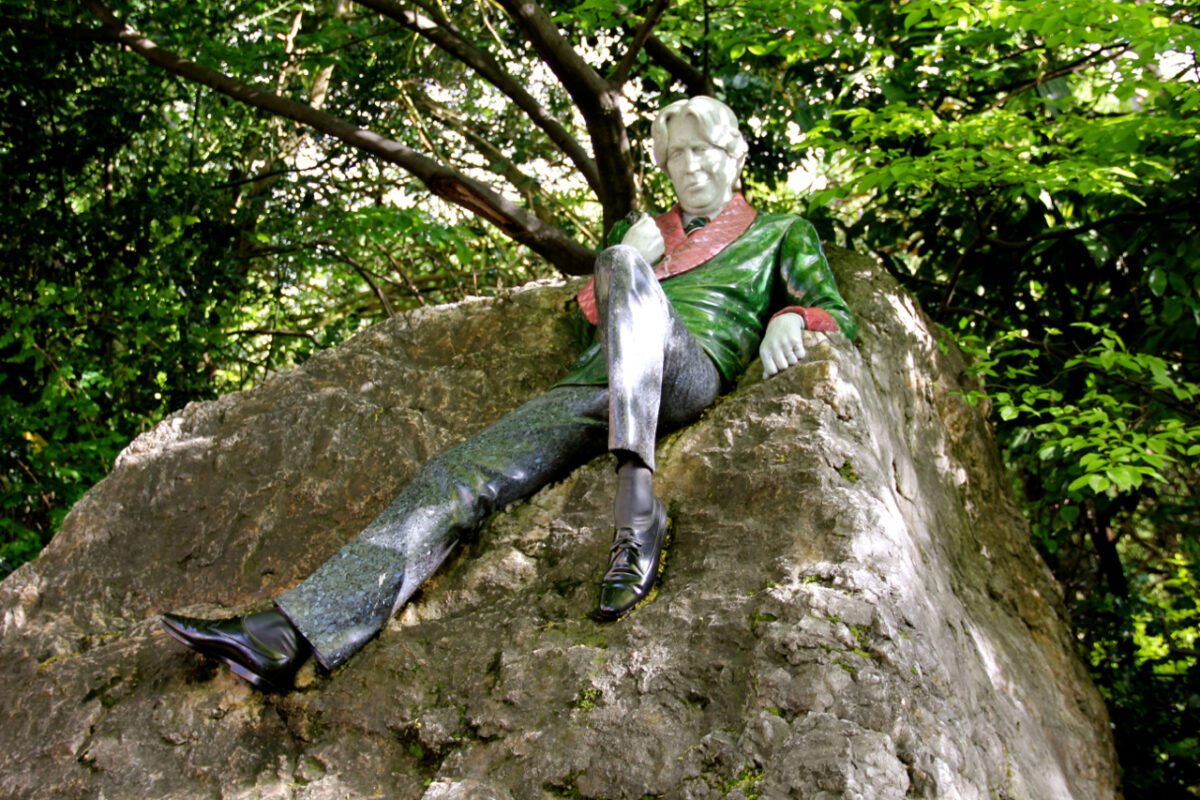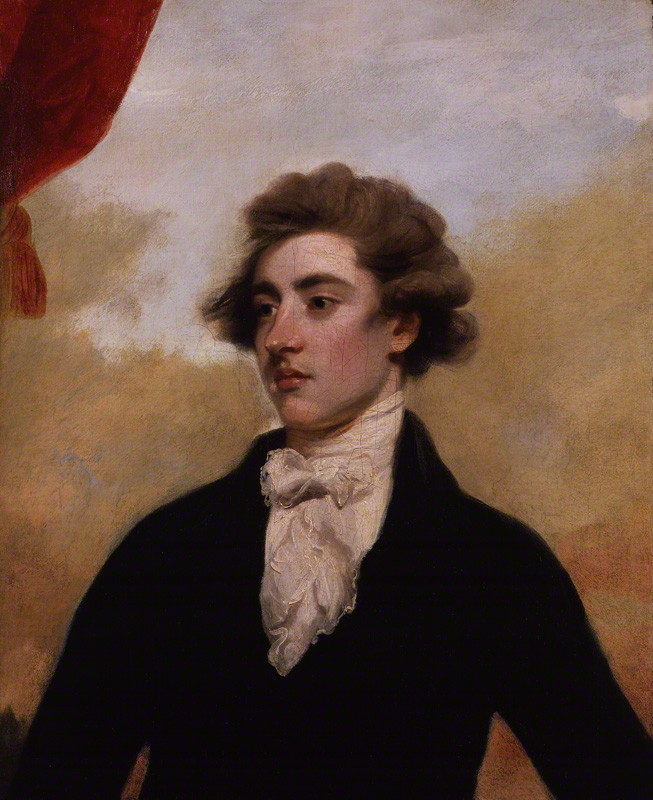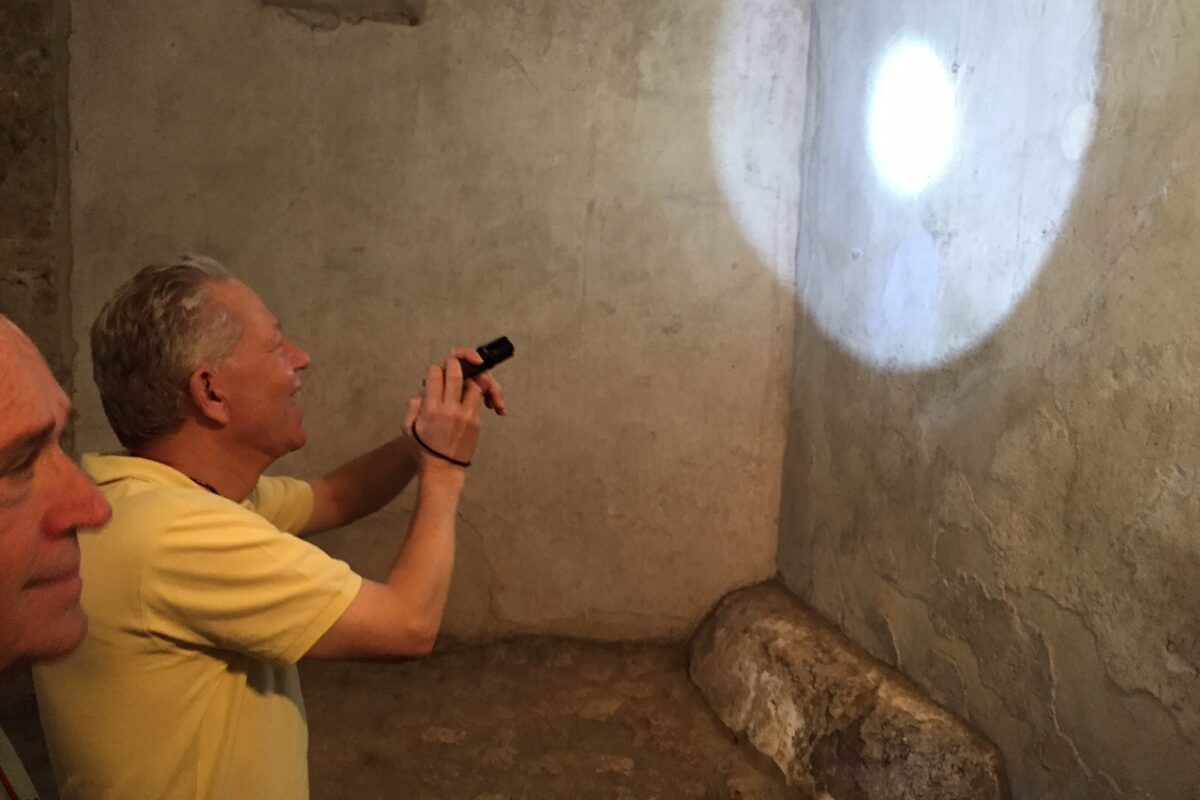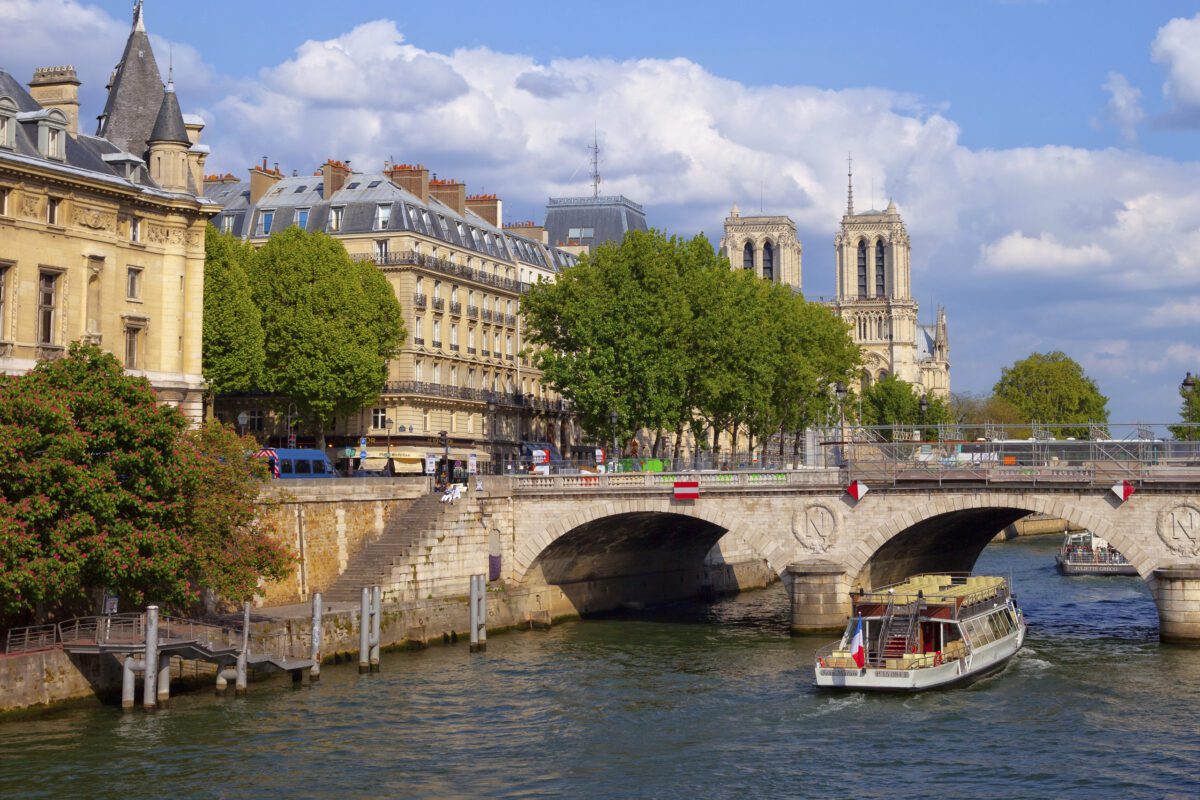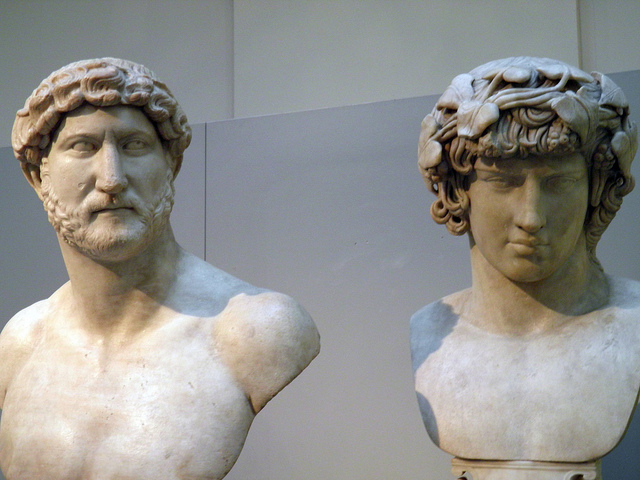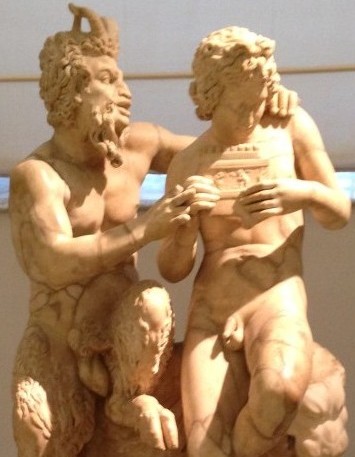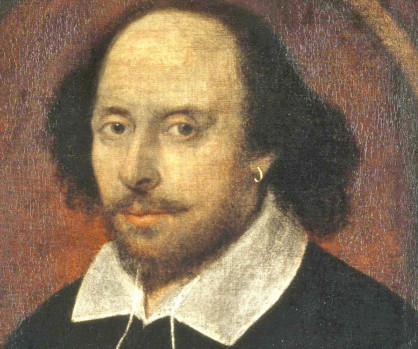Over the last few years, several museums in Europe have organized an LGBT trail, i.e. a self-guided trail following LGBT themes through the museums’ collections. The British Museum and the Prado are both prominent examples. No museum in the US has ever put together such a trail until now, when the Wadsworth Athenaeum in Hartford has launched one. The trail, called “Out On View,” covers 16 artworks spread through the museum.
The Wadsworth has a particularly rich LGBT collection. This is partly due to the influence of the Director in the 20’s-40’s, A, Everett “Chick” Austin. Austin was an important member of the (closeted) LGBT art scene in pre-war New York. He created a connection between the Wadsworth and a number of prominent LGBT artists of his day, while also purchasing a number of homoerotic works for the collection from earlier periods. It is an ideal museum for America’s first LGBT trail.


